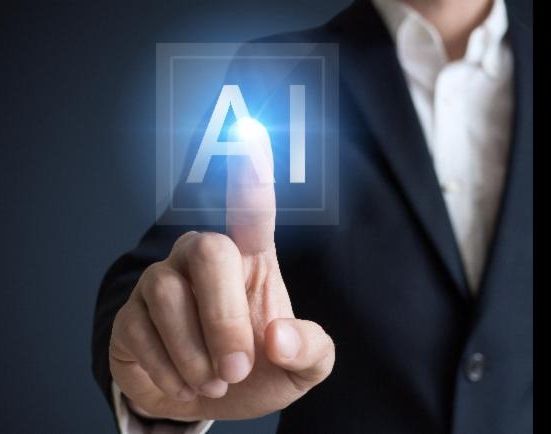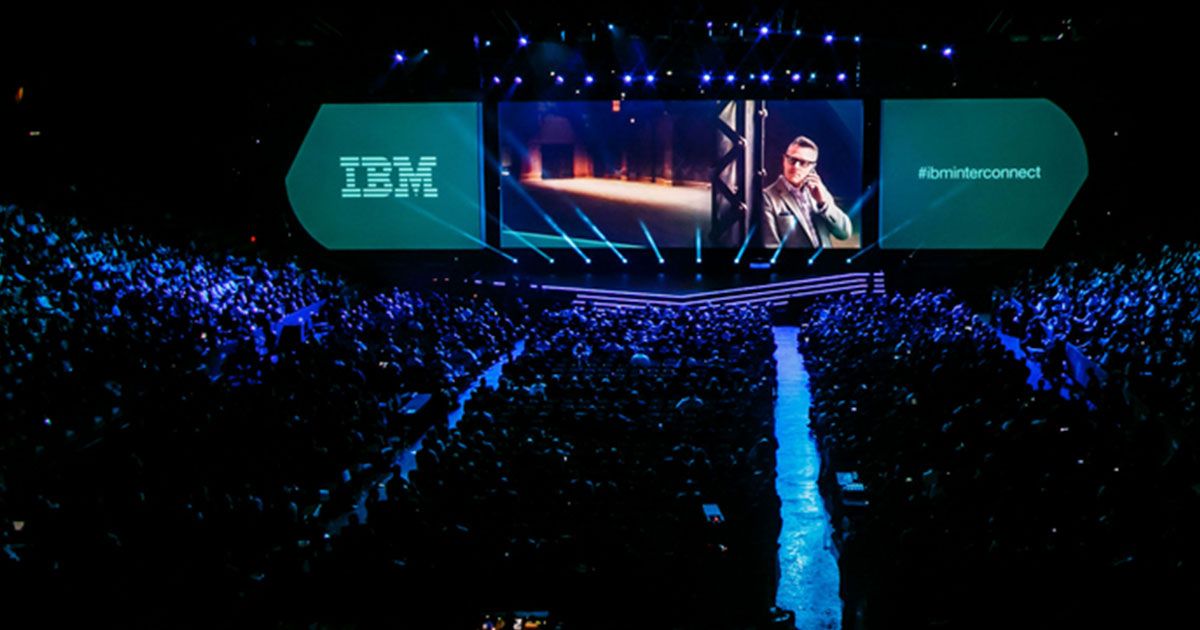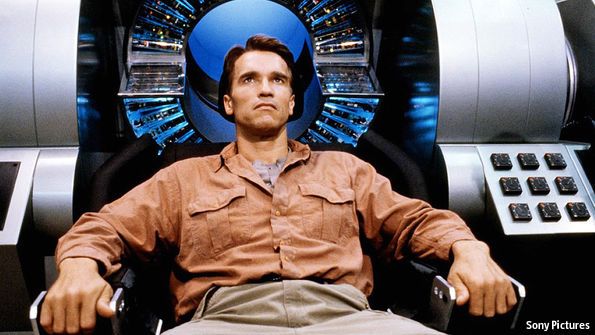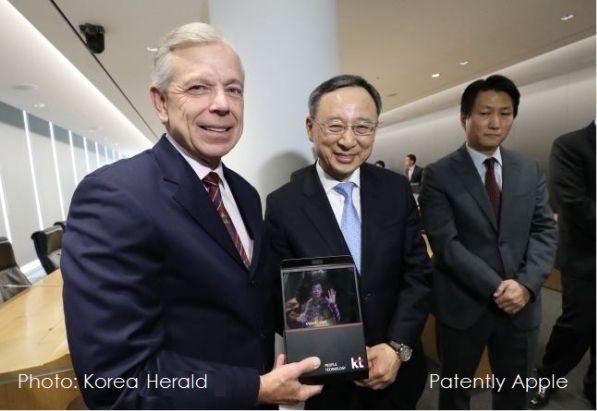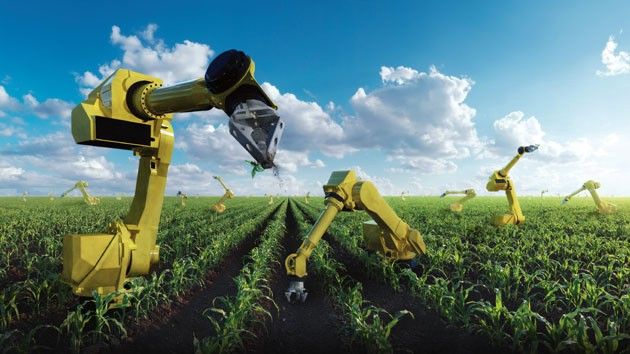Page 10121
Apr 3, 2017
Robots are coming to the accounting industry — here’s how to prepare
Posted by Alireza Mokri in categories: finance, robotics/AI
And yet, as impressive and powerful as these new technologies and machines are—and they’re becoming more so all the time—I believe they’re an opportunity to be embraced by accountants.
Computers and software have evolved to a point where they can populate spreadsheets, crunch numbers, and generate financial statements and earnings reports more quickly and accurately than any human accountant. In fact, machines are already taking on many of an accountant’s old, routine, administrative chores—on-line tax returns, and book-keeping software, are great examples of routine work that accountants no longer have to do.
This is a good thing. It is already allowing for human accountants to be more sophisticated advisors and planners. In this way, technology can be best used as a tool that gives humans more space to focus on analysis, interpretation, and strategy. In other words, computers have enormous potential to empower—rather than displace—accountants.
Continue reading “Robots are coming to the accounting industry — here’s how to prepare” »
Apr 3, 2017
How Watson works — myth busting at IBM InterConnect 2017
Posted by Alireza Mokri in categories: computing, internet, neuroscience, security
The IBM IoT (Internet of Things) blog. The very latest IoT news, and blogs from IBM. Internet of Things info on security, connected buildings, automotive, Watson IoT, and cognitive computing.
Apr 3, 2017
Spam detection in the physical world
Posted by Alireza Mokri in categories: cybercrime/malcode, food, policy, robotics/AI
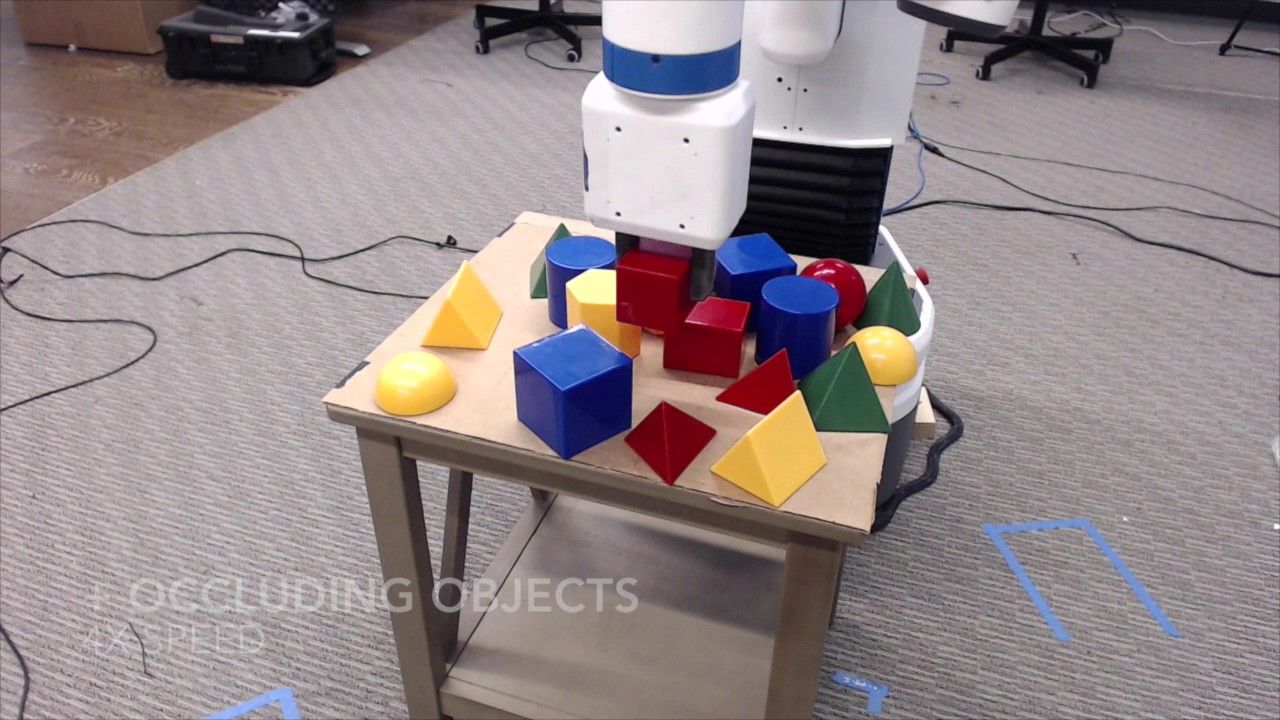
We’ve created the world’s first Spam-detecting AI trained entirely in simulation and deployed on a physical robot.
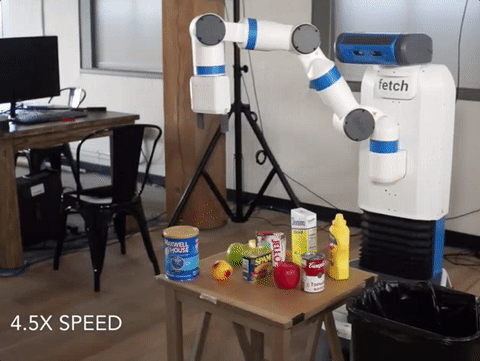
Apr 3, 2017
Elon Musk enters the world of brain-computer interfaces
Posted by Alireza Mokri in categories: computing, Elon Musk, habitats, neuroscience
EVER since ENIAC, the first computer that could be operated by a single person, began flashing its ring counters in 1946, human beings and calculating machines have been on a steady march towards tighter integration. Computers entered homes in the 1980s, then migrated onto laps, into pockets and around wrists. In the laboratory, computation has found its way onto molars and into eyeballs. The logical conclusion of all this is that computers will, one day, enter the brain.
This, at least, is the bet behind a company called Neuralink, just started by Elon Musk, a serial technological entrepreneur. Information about Neuralink is sparse, but trademark filings state that it will make invasive devices for treating or diagnosing neurological ailments. Mr Musk clearly has bigger plans, though. He has often tweeted cryptic messages referring to “neural lace”, a science-fictional concept invented by Iain M. Banks, a novelist, that is, in essence, a machine interface woven into the brain.
Apr 3, 2017
Chinese firms fight to lure top artificial intelligence talent from Silicon Valley
Posted by Alireza Mokri in category: robotics/AI
Before each job interview, Alex Ren offers the following advice to his clients to ensure their success: “Be humble and appreciate the opportunity to fully demonstrate your strength and what you can offer”.
The advice is not for potential employees. Rather, it is for Chinese technology companies trying to hire top-tier Silicon Valley talent in artificial intelligence (AI) in competition with the likes of Alphabet, Uber Technologies and Facebook.
“Chinese companies are obsessed with hiring Silicon Valley talent because winning talent here is like reaching the commanding heights of the AI battlefield,” said Ren, founder of TalentSeer, a San Francisco-based headhunting company focused on AI expert recruitment.
Apr 3, 2017
The Star Wars ‘superlaser’ may no longer be sci-fi
Posted by Andreas Matt in category: energy
In a world-leading study researchers at Macquarie University have proven a method for multiplying laser power using diamond, demonstrating that a laser similar to the Star Wars ‘superlaser’ may no longer remain in science fiction.
The research, published in Laser and Photonics Reviews demonstrates a concept – reminiscent of the Star Wars Death Star sci-fi laser – where the power of multiple laser beams is transferred into a single intense output beam that can be directed to the intended target.
This new laser development has real-world and high-stakes applications in which high power lasers are seen as a key tool in areas such as defence.
Apr 3, 2017
Climate of Hope — By Michael Bloomberg and Carl Pope
Posted by Odette Bohr Dienel in categories: business, environmental, finance, governance, government
“Bloomberg, an entrepreneur and former mayor of New York City, and Pope, a lifelong environmental leader, approach climate change from different perspectives, yet they arrive at similar conclusions.”
Tags: cities, climate change
Apr 3, 2017
Today the World’s First Live Hologram Phone Call was made between Seoul and New Jersey on a 5G Network
Posted by Klaus Baldauf in categories: holograms, internet
Today a little history was made. Verizon and Korean Telecom (KT) unveiled the world’s first live hologram international call service via the companies’ trial 5G networks established in Seoul and in New Jersey, respectively. Our cover graphic shows Verizon CEO Lowell McAdam (left) and KT CEO Hwang Chang-gyu demonstrate a hologram video call on a tablet PC at the KT headquarters in central Seoul Monday.
In the demonstration, a KT employee held a meeting with a Verizon employee in New Jersey who appeared as a hologram image on a monitor in the KT headquarters building.
It was the world’s first successful end-to-end 5G network interworking, according to the two firms. Both 5G trial networks were deployed over a 28 GHz spectrum.
Apr 3, 2017
Redefining Work, Income in the AI Economy
Posted by Klaus Baldauf in categories: economics, robotics/AI
By Paula Klein
Is work becoming obsolete? Will Americans learn to love their leisure time? As the spotlight focuses on AI and its various implementations, former Harvard Professor Jeffrey Sachs, now at Columbia University and a special adviser to the United Nations, has some strong and diverse opinions about the macroeconomic impact of robots on the role of work in the future.
At a Mar. 24 seminar hosted by MIT IDE — the same day Treasury Secretary Steven Mnuchin amazed the tech community by saying AI wasn’t even on his radar — Sachs described AI developments as a “huge” with implications as vast as any previous seismic technology wave. “We are in the midst of a major transformation” that will fundamentally change civilization from the past, he said.
Continue reading “Redefining Work, Income in the AI Economy” »
